Description
Black Book (Dutch: Zwartboek) is a 2006 war drama thriller film co-written and directed by Paul Verhoeven, and starring Carice van Houten, Sebastian Koch, Thom Hoffman and Halina Reijn. The film, credited as based on several true events and characters, is about a young Jewish woman in the Netherlands who becomes a spy for the resistance during World War II after tragedy befalls her in an encounter with the Nazis. The film had its world premiere on 1 September 2006 at the Venice Film Festival and its public release on 14 September 2006 in the Netherlands. It is the first film that Verhoeven made in his native Netherlands since The Fourth Man, made in 1983 before he moved to the United States.
The press in the Netherlands was positive; with three Golden Calves, Black Book won the most awards at the Netherlands Film Festival in 2006. The international press responded positively, as well, especially to the performance of Van Houten. It was nominated for the BAFTA Award for Best Film Not in the English Language, and was the Dutch submission for the Academy Award for Best Foreign Language Film in 2007, making the January shortlist.
It was three times more expensive than any Dutch film ever made, and also the Netherlands’ most commercially successful, with the country’s highest box-office gross of 2006. In 2008, the Dutch public voted it the best Dutch film ever.
In 1944, Dutch Jewish singer Rachel Stein is hiding in the occupied Netherlands. When the farmhouse where she had been hiding is destroyed by an Allied bomber, she goes to see a lawyer named Smaal who had been helping her family. He arranges for her to escape to the liberated southern part of the country. Aided by a man named Van Gein, Rachel is reunited with her family and boards a boat that is to take them and other refugees to the south.
They are ambushed by the German SS who kill them and rob valuables from the bodies. Rachel alone survives but does not manage to escape from the occupied territory.
Using a non-Jewish alias, Ellis de Vries, Rachel becomes involved with a resistance group in The Hague, under the leadership of Gerben Kuipers and working closely with a doctor, Hans Akkermans. Smaal is in touch with this Resistance cell. When Kuipers’s son and other members of the Resistance are captured, Ellis agrees to help by seducing local SD commander Hauptsturmführer Ludwig Müntze. During a party at SD headquarters, Ellis recognises Obersturmführer Günther Franken, Müntze’s brutal deputy, as the officer who had overseen the massacre on the boat. She obtains a job at the SD headquarters while falling in love with Müntze who, in contrast to Franken, is not abusive or sadistic. He realises that she is a Jew but does not care.
Thanks to a hidden microphone that Ellis plants in Franken’s office, the Resistance realises that Van Gein is the traitor who betrayed Rachel, her family, and the other Jews. Against Kuipers’s orders, Akkermans decides to abduct Van Gein to expose him. Their attempt goes wrong, and Van Gein is killed. Franken responds by planning to kill 40 hostages, including most of the plotters but Müntze, who realises the war is lost and has been negotiating with the Resistance, countermands the order.
Müntze forces Ellis to tell him her story. On her evidence, he confronts Franken with a superior officer, Obergruppenführer Käutner, who orders Franken to open his safe, expecting to find the valuables stolen from the Jews he had killed, this being a capital offense.
The safe contains no valuables and Franken then tells Käutner that Müntze has been negotiating with the resistance for a truce.
Müntze is imprisoned and condemned to death. The resistance plot to rescue their imprisoned members; Ellis agrees to cooperate only on the condition that they also free Müntze. The plan is betrayed and the rescuers find the prisoners’ cells filled with German troops. Only Akkermans and one other man manage to flee.
Ellis is arrested and taken to Franken’s office. He knows about her and the microphone and, knowing that the resistance members are listening, he stages a confrontation to make them believe that Ellis is the collaborator responsible for the failure of the rescue. Kuipers and his companions swear to make her pay for her treason. Ronnie, a Dutch woman working at the SD headquarters to whom Ellis had confided her role in the resistance, helps her and Müntze escape.
When the country is liberated by the Allies, Franken attempts to escape by boat but is killed by Akkermans, who takes the Jewish loot. Suspecting Smaal is the traitor, Müntze and Ellis return to confront him. Smaal states that the identity of the traitor is evidenced by his ‘black book’, in which he had detailed all his dealings with Jews. He refuses to discuss it further, wanting to go to the Canadian authorities. When they are about to leave, Smaal and his wife are killed by an unknown assailant.
Müntze chases him into the street, only to be recognised by the Dutch crowd and arrested by soldiers from the Canadian Army.
The Dutch also recognise Ellis and arrest her as a collaborator but not before she grabs the black book.
Müntze is brought before the Canadian officers and finds that Käutner is helping to keep order among the defeated German forces. Käutner convinces a Canadian colonel that under military law, the defeated German military retains the right to punish its own soldiers. Due to the German death warrant, Müntze is executed by a firing squad.
Ellis is imprisoned with accused collaborators, humiliated and tortured by the violently anti-Nazi volunteer jailers but rescued by Akkermans, who is now a colonel in the Dutch Army. Akkermans brings her to his medical office and says that he killed Franken when the Nazi tried to escape. He shows her the valuables stolen from Jewish victims.
When informed about Müntze’s fate, Ellis goes into shock and Akkermans administers a tranquilliser which is in fact an overdose of insulin. Ellis, feeling dizzy, sees the bottle of insulin and survives by quickly eating a bar of chocolate. She realises then that Akkermans is the traitor who had collaborated with Franken and had killed the Smaals. While Akkermans is distracted, waving to a crowd that cheers him, she jumps from the balcony into the crowd below and runs away. He tries to follow but is blocked by the crowd.
Ellis proves her innocence to Canadian military intelligence and the former Resistance leader Gerben Kuipers through Smaal’s black book, which lists how many Jews had been taken to Akkermans for medical help just prior to their murder. Ellis and Kuipers intercept the fleeing Akkermans, hiding in a coffin in a hearse with the stolen money, gold, and jewels. They beat the driver, and while Kuipers drives the hearse, Ellis screws down the coffin’s secret air vents. They drive to Hollands Diep where the original SS trap had been sprung and wait until Akkermans suffocates. Ellis and Kuipers wonder what to do with the stolen money and jewels.
The scene changes to Israel in 1956, reprising the opening scenes and shows Rachel meeting her husband and their two children, walking back into Kibbutz Stein, with a sign at the gate announcing that it was funded with recovered money from Jews killed during the war. In the final scene, the tranquillity of Rachel and her family is interrupted by explosions heard in the distance; the siren announces an air attack and Israeli soldiers position themselves at the front of the kibbutz.
- Carice van Houten as Rachel Stein, alias Ellis de Vries
- Sebastian Koch as Ludwig Müntze (SS-Hauptsturmführer)
- Thom Hoffman as Hans Akkermans
- Halina Reijn as Ronnie
- Waldemar Kobus as Günther Franken (SS-Obersturmführer)
- Derek de Lint as Gerben Kuipers
- Christian Berkel as General (SS-Obergruppenführer) Käutner, superior of Günther Franken and Ludwig Müntze in the Sicherheitsdienst
- Dolf de Vries as Mr. Smaal, attorney who keeps the black book
- Peter Blok as Mr. Van Gein, policeman who betrays those trying to leave occupied territory
- Michiel Huisman as Rob, sailor who helps Rachel Stein
- Ronald Armbrust as Tim Kuipers, son of Gerben Kuipers, a communist, and a member of the resistance group
- Frank Lammers as Kees, member of the resistance group
- Matthias Schoenaerts as Joop, member of the resistance group
- Xander Straat as Maarten, member of the resistance group
- Johnny de Mol as Theodore, member of the resistance group
 Champagne: Wine of Kings and the King of Wines by Tom Bruce-Gardyne introduces the reader to the colourful story of how this delicious sparkling wine became the centrepiece of any smart party or event, and almost anywhere in the world. Champagne has universal appeal.
Champagne: Wine of Kings and the King of Wines by Tom Bruce-Gardyne introduces the reader to the colourful story of how this delicious sparkling wine became the centrepiece of any smart party or event, and almost anywhere in the world. Champagne has universal appeal.
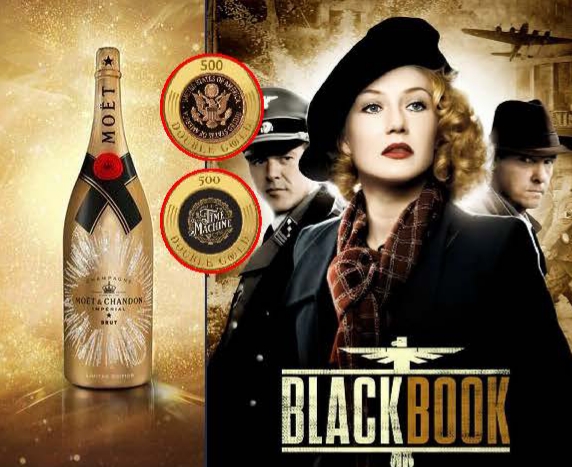

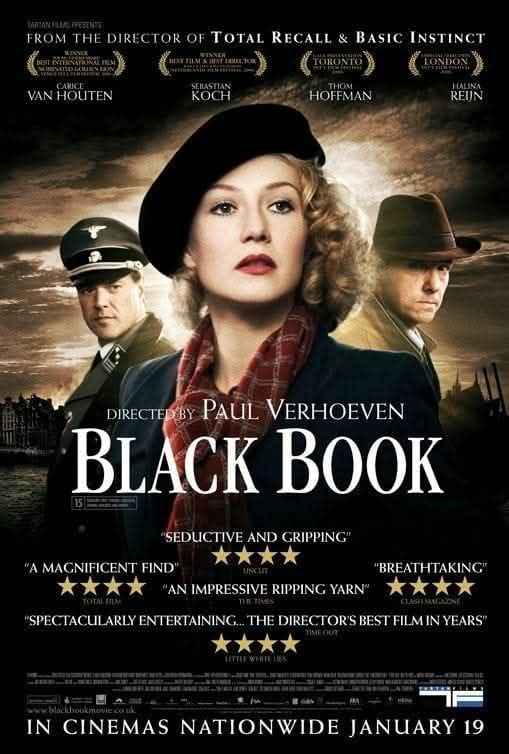

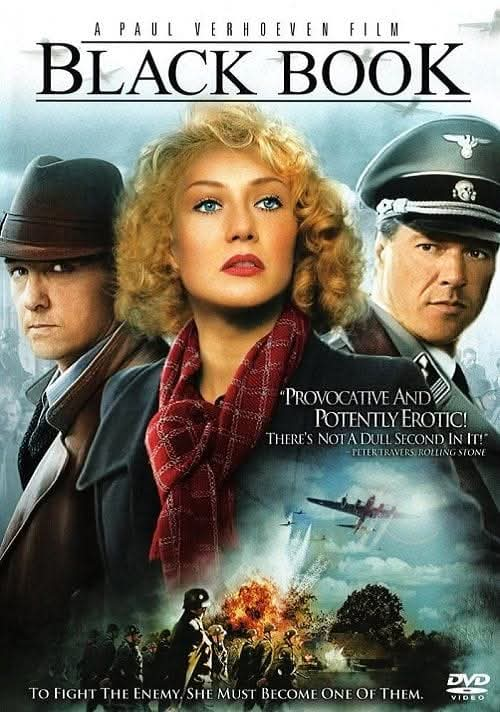


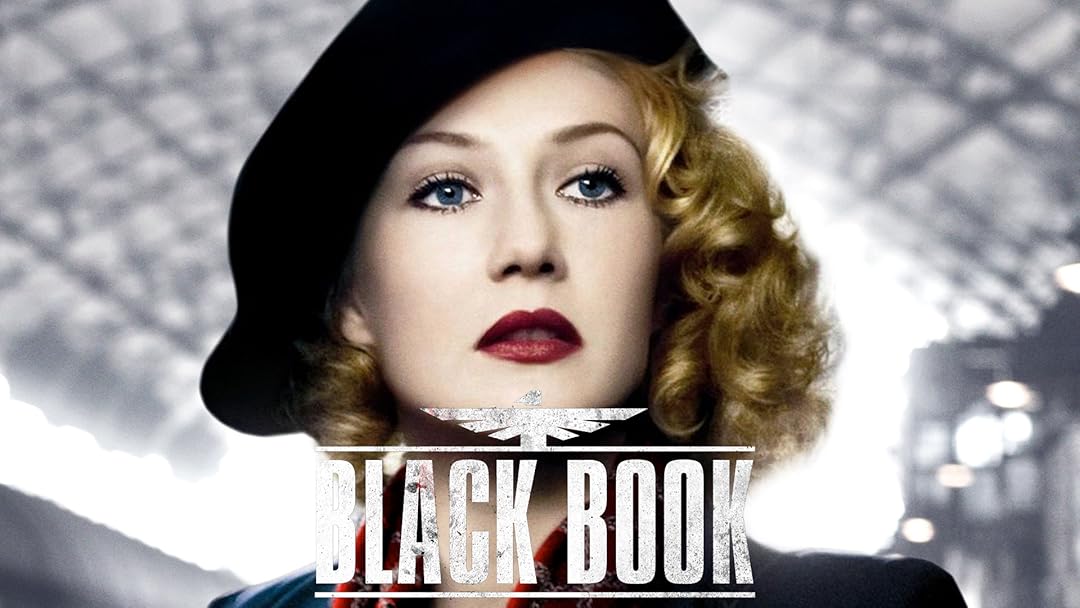

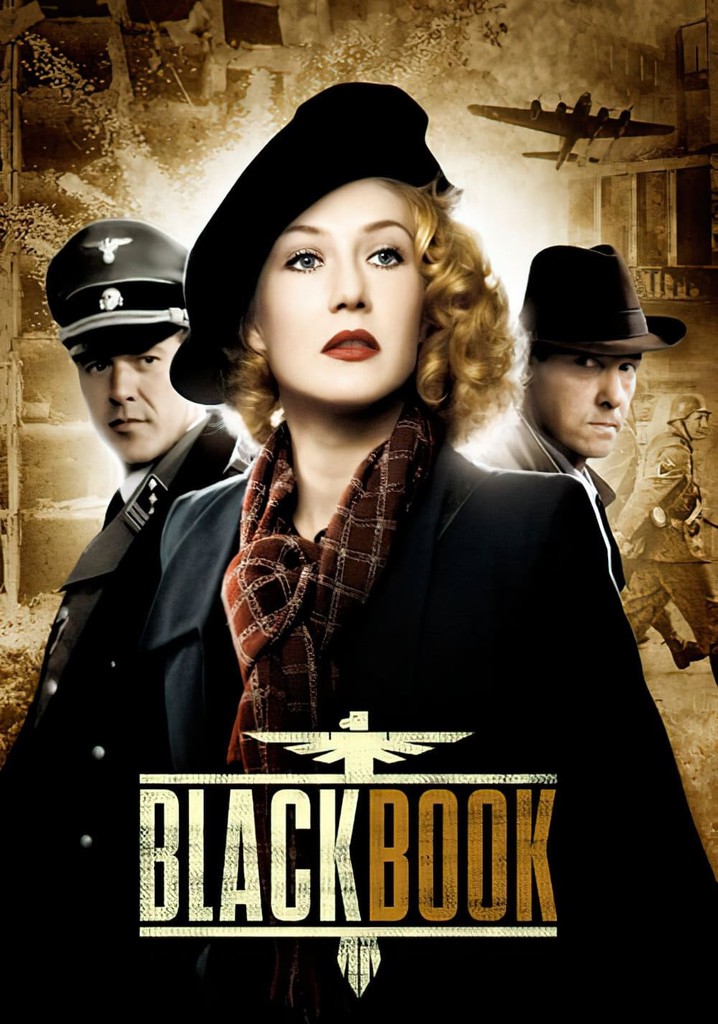



Reviews
There are no reviews yet.